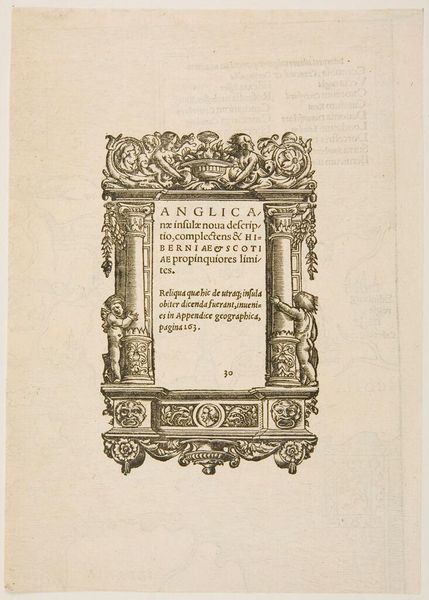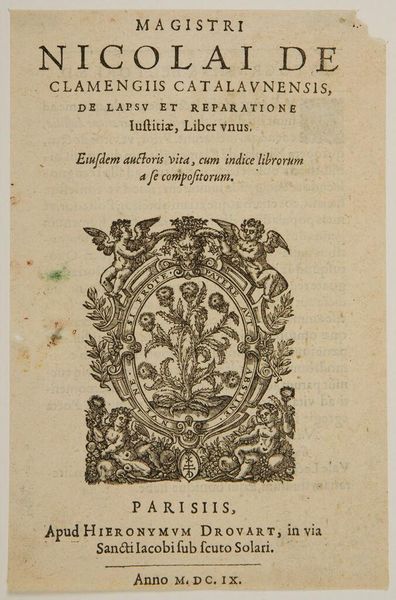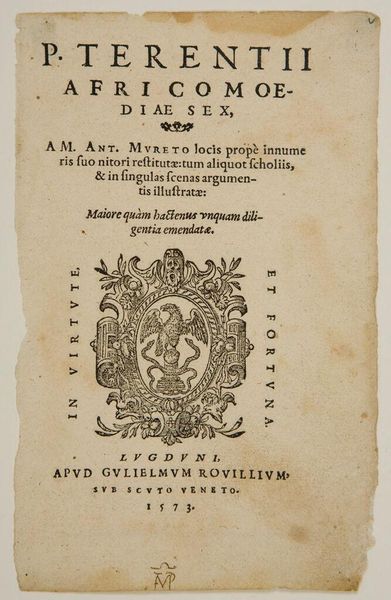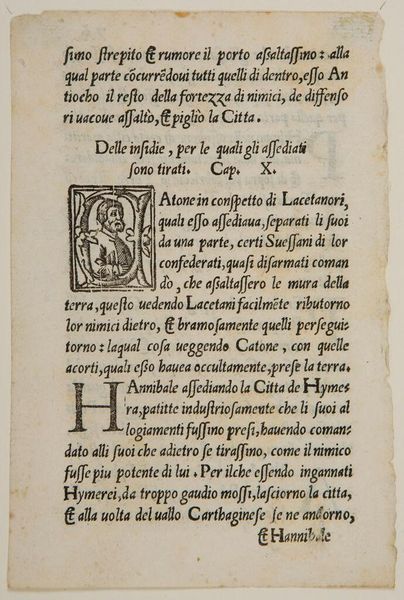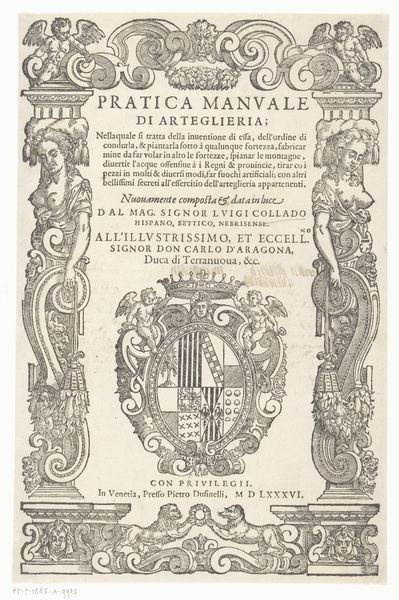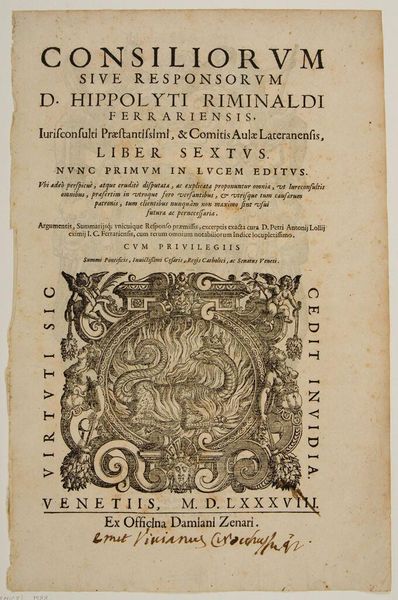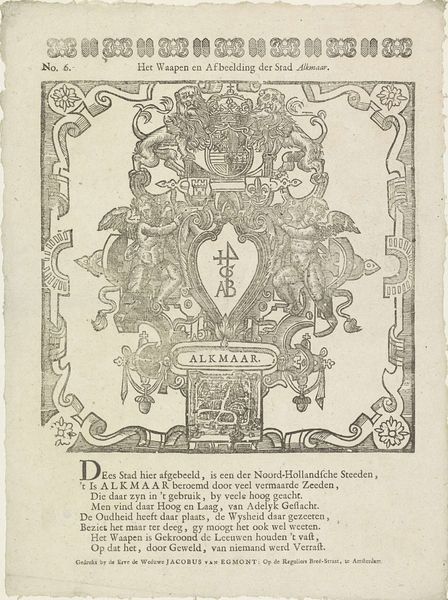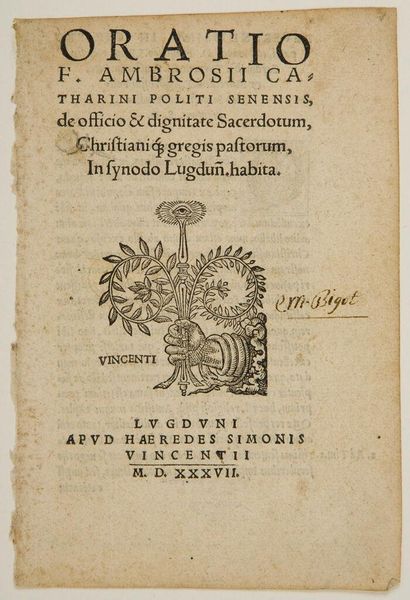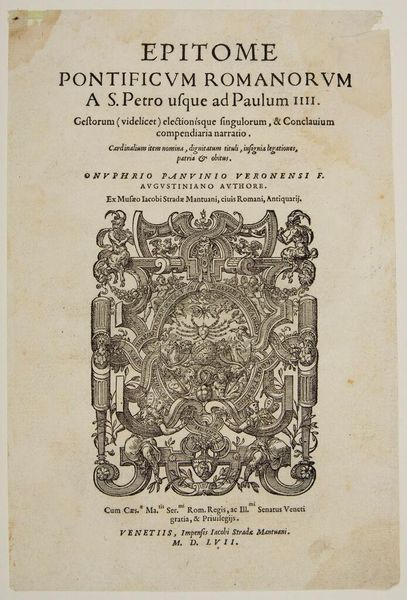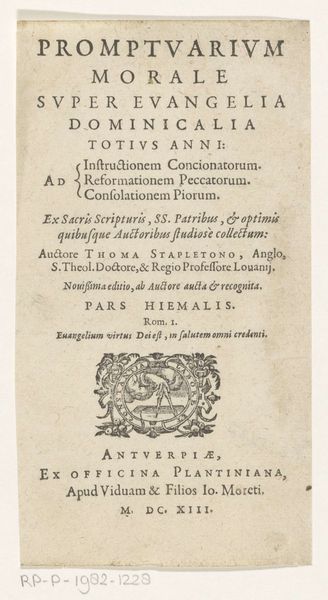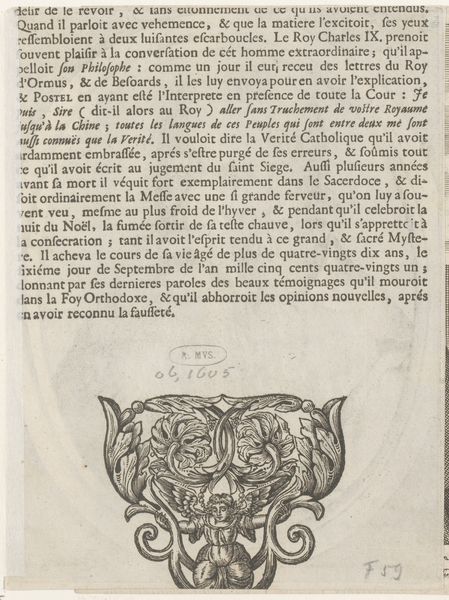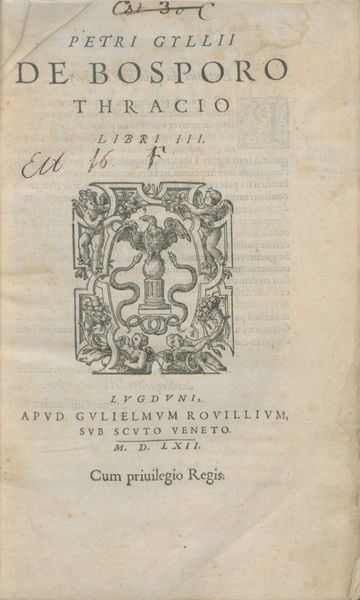
Copyright: CC0 1.0
Curator: Here we have the Printer's Mark of Claude Sevain, from around 1556. It’s an intriguing example of early book design. Editor: It feels quite formal, doesn't it? The lion rampant in the seal makes me think of heraldry, and I wonder about the paper it's printed on. Curator: Absolutely, the imagery is deliberate. Printers used marks to identify their work and signal quality. Sevain's mark would have been a visual guarantee of the book's contents. Editor: Right, and the actual craft of printing here must have been incredibly labor intensive, everything set by hand. It’s a testament to the era’s production processes. Curator: Indeed, and it highlights the role of the printer as more than just a technician, but as a cultural gatekeeper. Editor: It’s also interesting to think about the consumption of these books. It makes me wonder who the audience for this particular book would have been. Curator: Thinking about the historical context, this would have been for a highly literate and fairly wealthy segment of the population. It's a tangible representation of knowledge, power, and artistry. Editor: It certainly gives us a new appreciation for the layers involved in the bookmaking of this period. Curator: Precisely, a fusion of material production and symbolic intent.
Comments
No comments
Be the first to comment and join the conversation on the ultimate creative platform.

